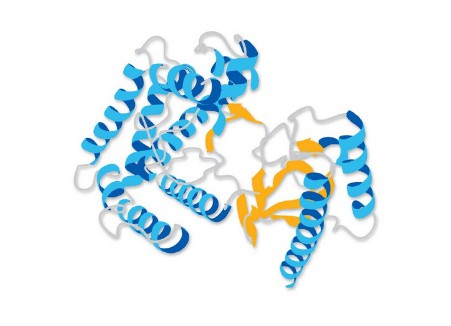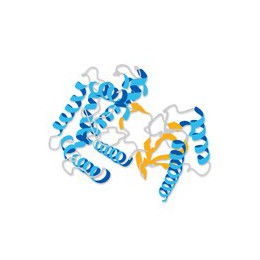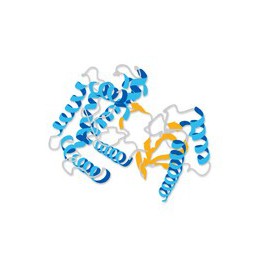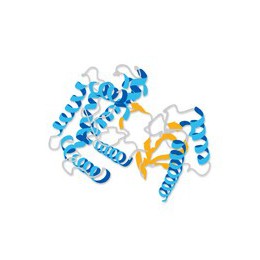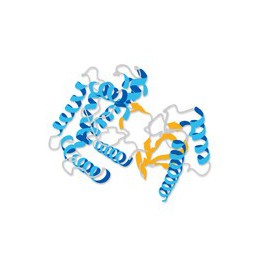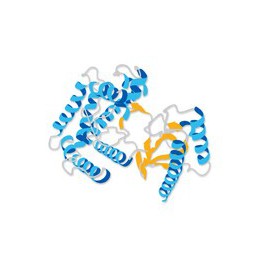Synthetic Laminin Peptide for Rat Neural Stem Cells
| Synthetic Laminin Peptide for Rat Neural Stem Cells |
| Overview |
Laminin, an extracellular matrix protein of the cell basement membrane, is involved in various biological activities including cell adhesion, proliferation, migration, invasion, and differentiation These heterotrimeric macromolecules - consisting
of α, β, and γ chains - are difficult to extract and purify in consistently active quantities from native tissues. While some of these laminin isoforms can be isolated from either cultured cells or placental tissues, in both cases, overall protein
yields tend to be relatively low and suffer from batch to batch variations. Therefore, for many stem cell scientists, it has become necessary to test each new lot laminin to ensure that the activity level of the protein was sufficient to sustain
their stem cell culture.
To overcome this time barrier, a defined synthetic laminin substrate with similar binding and functional properties of the native laminin protein is considered to be highly advantageous as it would eliminate the
requirement to test and screen new lots of native protein. Millipore’s Synthetic Laminin Peptide is a suitable replacement for the native laminin protein, and has been optimized to specifically support cell adhesion, proliferation and multi-lineage
differentiation of rat neural stem cells (NSCs) in vitro. Rat neural stem cells grown on tissue culture plates coated with the synthetic laminin peptides display the characteristic neural stem cell markers, Nestin and Sox-2, and furthermore possess
the capacity to preferentially differentiate down both glial and neural lineages. Millipore’s Synthetic Laminin Peptide is an inexpensive, reproducible, and defined ECM substrate alternative for the in vitro culture of rat neural stem cells.
(Note: This product has been optimized to support the growth of rat NSCs, and is not recommended for use with human or mouse NSCs). |
More detail

